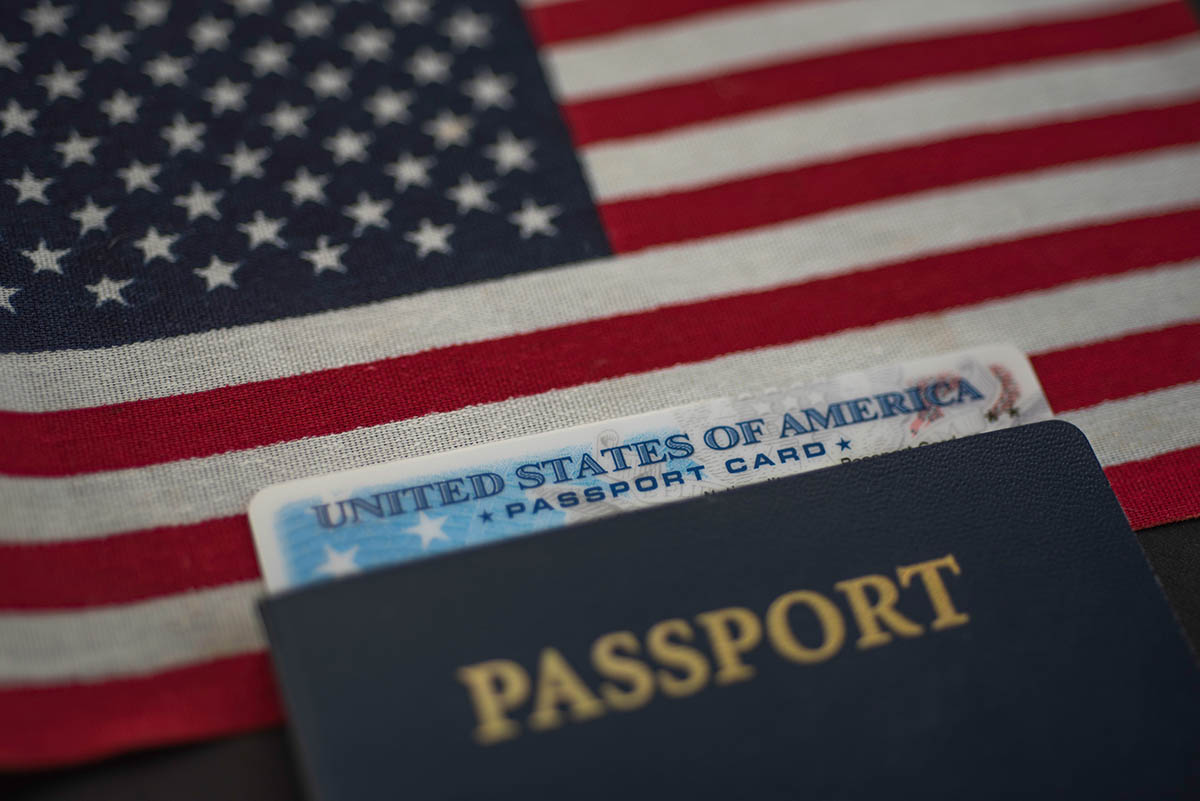What Is an Electronic Passport?

/ 5 Stars read 2 min
Gone are the days when a traditional passport with its ink-stamped pages was the only document you needed to travel overseas. In the face of increasing cyber threats, many countries have now upgraded to an electronic passport. Also known as an e-passport or biometric passport, it incorporates a small electronic chip that stores personal information and a digital photo of the holder, enhancing both security and convenience. In this blog, we’ll explore what an electronic passport is, its benefits, and how it works.

What is an Electronic Passport?
An e-passport looks much like its traditional counterpart – a small, booklet-sized, navy blue cover with gold embossed lettering. However, an electronic passport contains a microchip embedded on the back cover that stores information about the holder, including name, date of birth, and biometric data such as digital photographs, fingerprints, or iris scans. It usually has a unique identification number and may include a chip reader symbol on the cover.
How do Electronic Passports Work?
The microchip in an e-passport is protected by a secure chip operating system and encrypted to prevent unauthorized access. The digital photo on the chip is comparable to that on the passport’s photo page and can be used for identification.
The e-passport’s chip has built-in radio-frequency identification technology that allows it to communicate with dedicated readers at border control checkpoints. Once the passport is scanned, the chip’s data is checked against a secure database to authenticate the traveler’s identity.
What are the benefits of an electronic passport?
Electronic passports offer several advantages over traditional passports. They enhance security and are instrumental in combating fraud and identity theft. The use of biometric data makes it more difficult for imposters to impersonate the passport holder.
Further, they expedite customs and border control processing. With electronic passports in hand, travelers can use automated self-service kiosks, thereby, bypassing lengthy queues. Additionally, electronic passports are more convenient for frequent travelers since they eliminate the need for a visa in certain countries.
How to Get an Electronic Passport?
Electronic passports are issued by your home country’s passport authority, much like the traditional passport. The cost, processing time, and required documentation vary from one country to another. Typically, you may need to provide a recent passport photo, a birth certificate, and evidence of identity such as a driver’s license or government-issued ID. Inquire with your country’s passport office to verify the exact criteria for your individual situation.
Conclusion:
In today’s world of international travel, electronic passports have quickly become the new norm. An e-passport provides an additional layer of security and convenience that traditional passports cannot. Once you have an e-passport, you’ll experience a streamlined process when passing through international border control checkpoints and self-service kiosks, thereby saving both time and hassle. We hope our blog has shed some light on e-passports and answered your questions about this vital travel document.
Get an Expedited Passport in As Little as 24 Hours!
Looking to travel in 30 days? And need to replace your passport, renew passport or get a new passport. U.S. Passport Help Guide provides all passport expediting services with passport services starting as low $199.00
Get an Expedited Passport Today!


